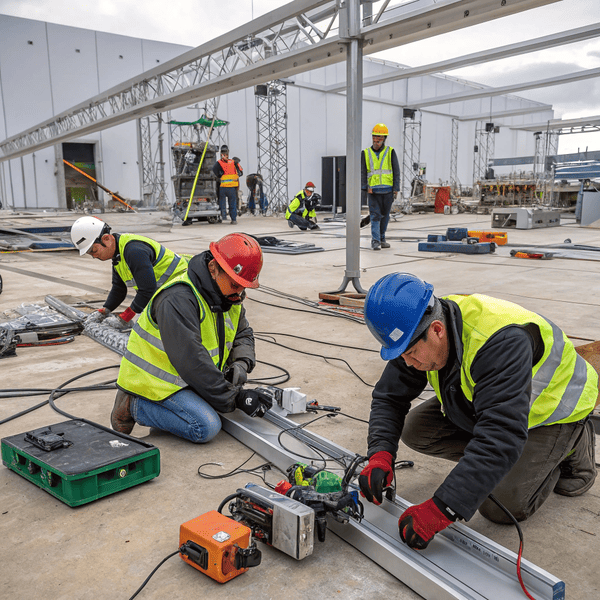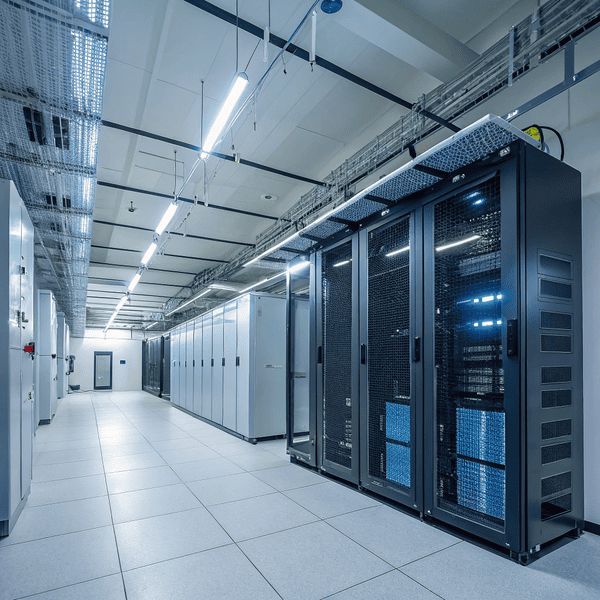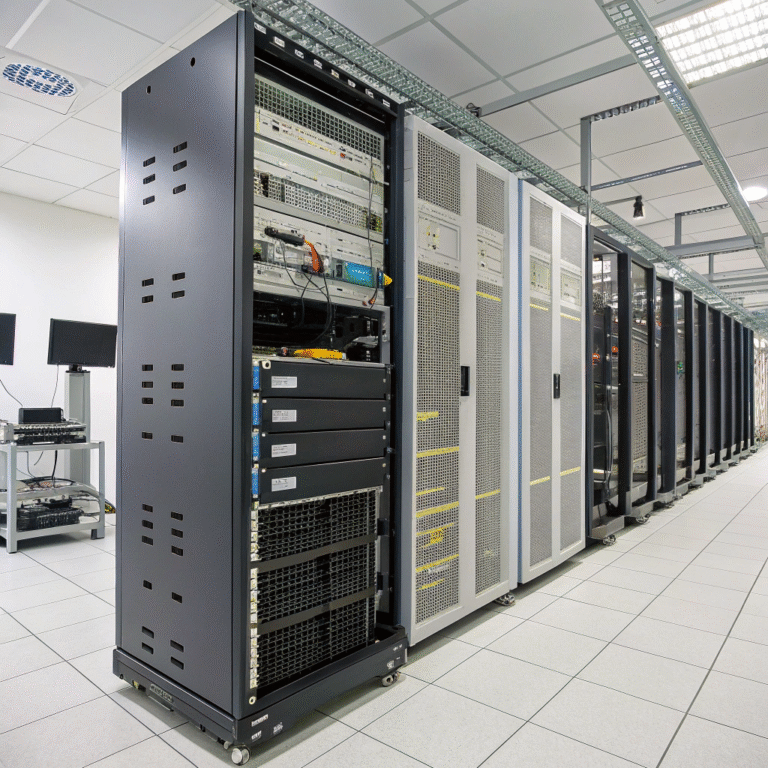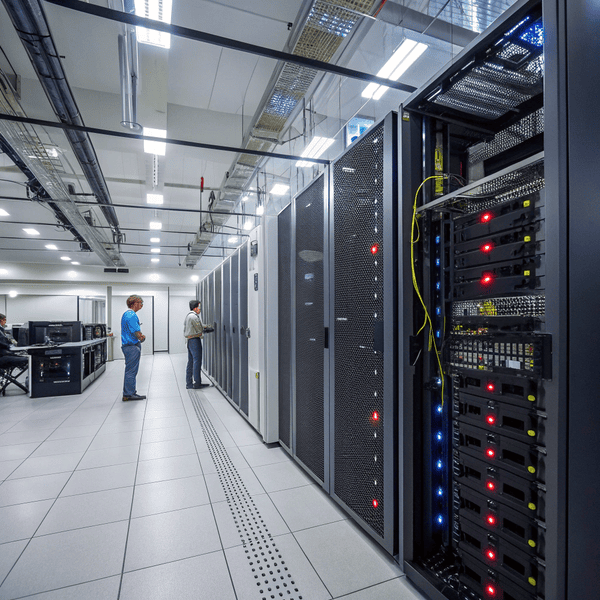When I first toured a real data center construction site, the noise, dust, and sheer scale felt overwhelming. It’s easy to think of data centers as glass and steel boxes, but the reality is full of tough choices, hands-on problem solving, and unpredictable setbacks.
Building a data center is a complex process that involves construction, specialized engineering, and high-level project coordination. Teams must handle power, cooling, security, and Building a data center[^1] is a complex process that involves construction, specialized engineering, and high-level project coordination. Teams must handle power, cooling, security, and technology integration to create spaces that keep critical IT running non-stop.
[^1]: Explore this link to understand essential practices and strategies for constructing an efficient and reliable data center.
to create spaces that keep critical IT running non-stop.
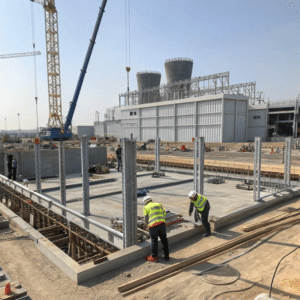
On my first big project, I watched electrical crews and HVAC teams scrambling to meet deadlines while network engineers checked fiber lines for the 10th time. Even the ground felt different, packed with heavy cable trays and raised floors. It struck me that completion relied just as much on teamwork and planning as on hardware specs or building codes.
Are data centers hard to build?
People often say anyone can put servers in a room, but professional data centers are much more than that.
Yes, data centers are hard to build because they require strict planning, careful execution, and coordination across many trades. Small mistakes can meanYes, data centers[^1] are hard to build because they require strict planning, careful execution, and coordination across many trades. Small mistakes can mean costly delays or failures.
[^1]: Understanding the complexities of data center construction can help you avoid costly mistakes and ensure successful project execution.
or failures.
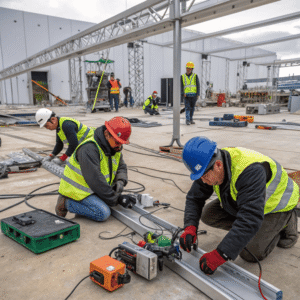
I learned the hard way during a factory storage upgrade: basic wiring and racks are only the start. Modern data centers have unique requirements for uninterrupted power, cooling, fire suppression, and network redundancy. If just one system is installed poorly—or delayed—nothing else can go live. Here’s how the process breaks down:
| Challenge | Why It’s Hard |
|---|---|
| Tight timelines | Lost business for downtime |
| Exacting standards | Must pass security audits |
| Infrastructure scale | Every component is critical |
| Team coordination | Dozens of vendors, trades |
A successful data center build takes discipline, expertise, and constant verification.
Who actually builds data centers?
Data center projects often sound mysterious, but real people make them happen—far beyond just IT staff.
Data centers are built by a mix of engineers, construction workers, electricians, HVAC technicians, and project managers, often guided by specialized design and consulting firms.
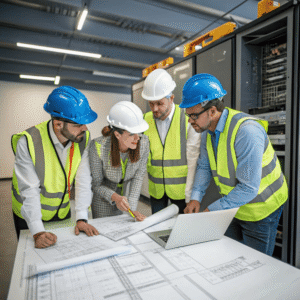
During my involvement withDuring my involvement with retrofit projects, I saw firsthand what it takes: civil engineers prepare the site, architects draw up plans, construction crews build the shell, electricians and plumbers install foundational systems, and IT specialists fit out wiring and racks. The general contractor[^1] orchestrates everyone while consultants ensure every code and standard is met. Here is the typical team composition:
[^1]: Learn about the crucial responsibilities of a general contractor, which can help you appreciate their impact on project success.
, I saw firsthand what it takes: civil engineers prepare the site, architects draw up plans, construction crews build the shell, electricians and plumbers install foundational systems, and IT specialists fit out wiring and racks. The general contractor orchestrates everyone while consultants ensure every code and standard is met. Here is the typical team composition:
| Role | Responsibility |
|---|---|
| General Contractor | Oversee construction/project flow |
| Architect/Engineer | Design/layout/safe structures |
| Electrician | Power and backup power systems |
| HVAC Technician | Climate control/cooling |
| IT Specialist | Networking/server layout |
Each role must meet strict specs. One delay can stall the whole timeline.
What is involved in building a data center?
Data center construction sounds high-tech, but it’s the details that cause the most headaches and demand the most skill.
Building a data center means planning the site, constructing secure and resilient facilities, installing advanced Building a data center[^1] means planning the site, constructing secure and resilient facilities, installing advanced HVAC and electrical systems, laying fiber and copper networks, configuring security, and testing for redundancy and disaster recovery.
[^1]: Explore this link to understand essential practices for building a data center effectively and securely.
, laying fiber and copper networks, configuring security, and testing for redundancy and disaster recovery.
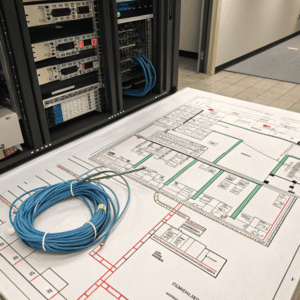
My experience setting up even a small server room meant weeks spent reviewing electrical drawings, test-fitting racks, and balancing airflow to prevent hotspots. Multiply that by a hundred for a full data center. Let’s break down the essential components:
| Step | What’s Required |
|---|---|
| Site selection | Proximity to power, internet, low flood risk |
| Design/Permits | Plans, permits, safety/environmental review |
| Construction | Foundation, shell, raised floors |
| Power systems | Redundant feeds, UPS, generators |
| Cooling/Climate | CRACs, airflow management, humidity control |
| Network build-out | Structured cabling, internet uplinks |
| Security setup | Alarms, cameras, controlled access |
| Equipment install | Racks, servers, storage, fire suppression |
| Testing/commissioning | Backup failover, performance validation |
Every phase has its pitfalls. Redundant power works only if installed perfectly. Cooling must match future loads, not just today’s. In my own work, most late-night callouts happened when the smallest overlooked item—like a faulty humidity sensor—set off alarms.
Conclusion
Building a data center is a demanding, multidisciplinary project. It requires careful planning, skilled teams, and precise execution to ensure constant, reliable operation for critical systems.

